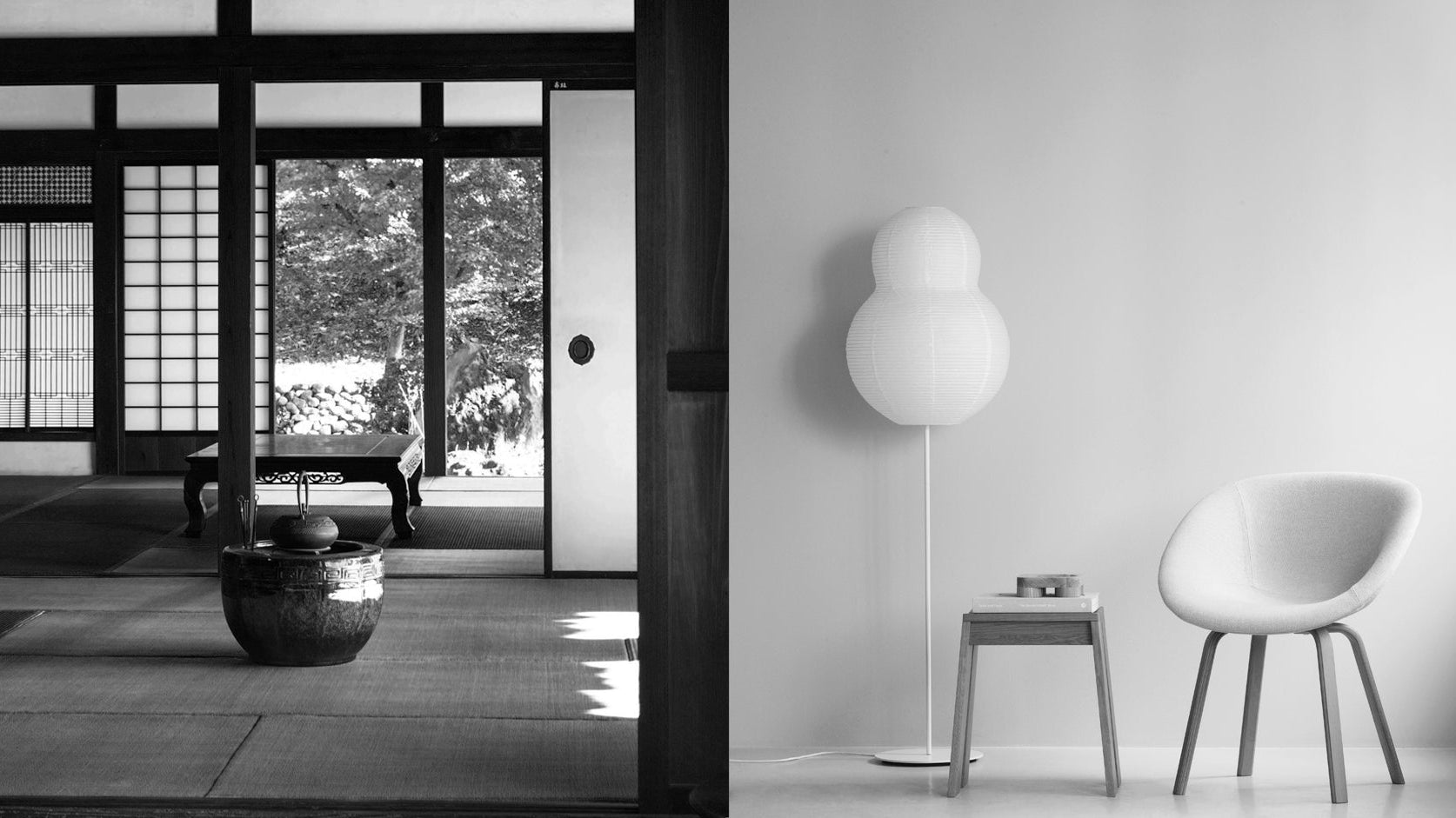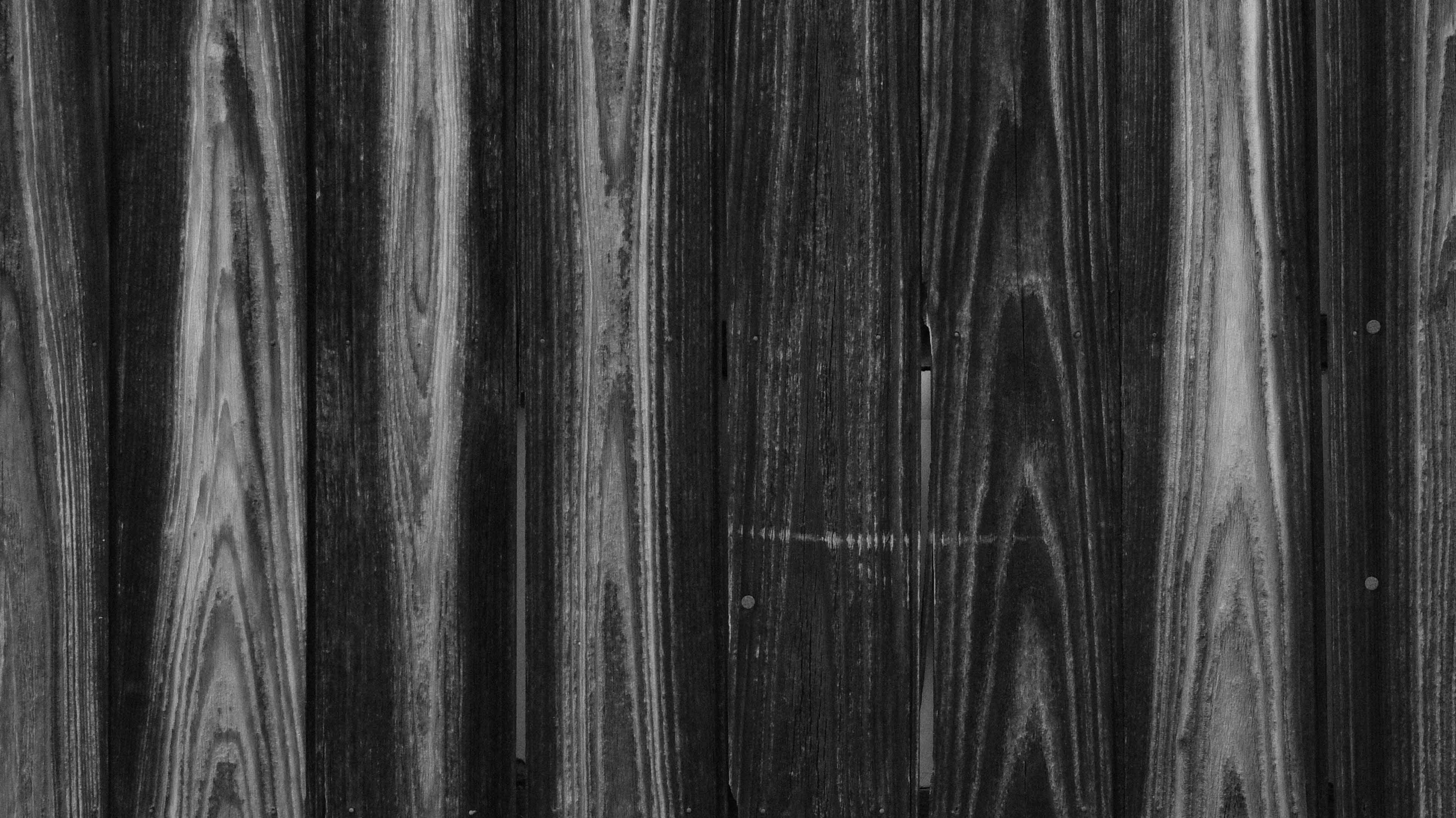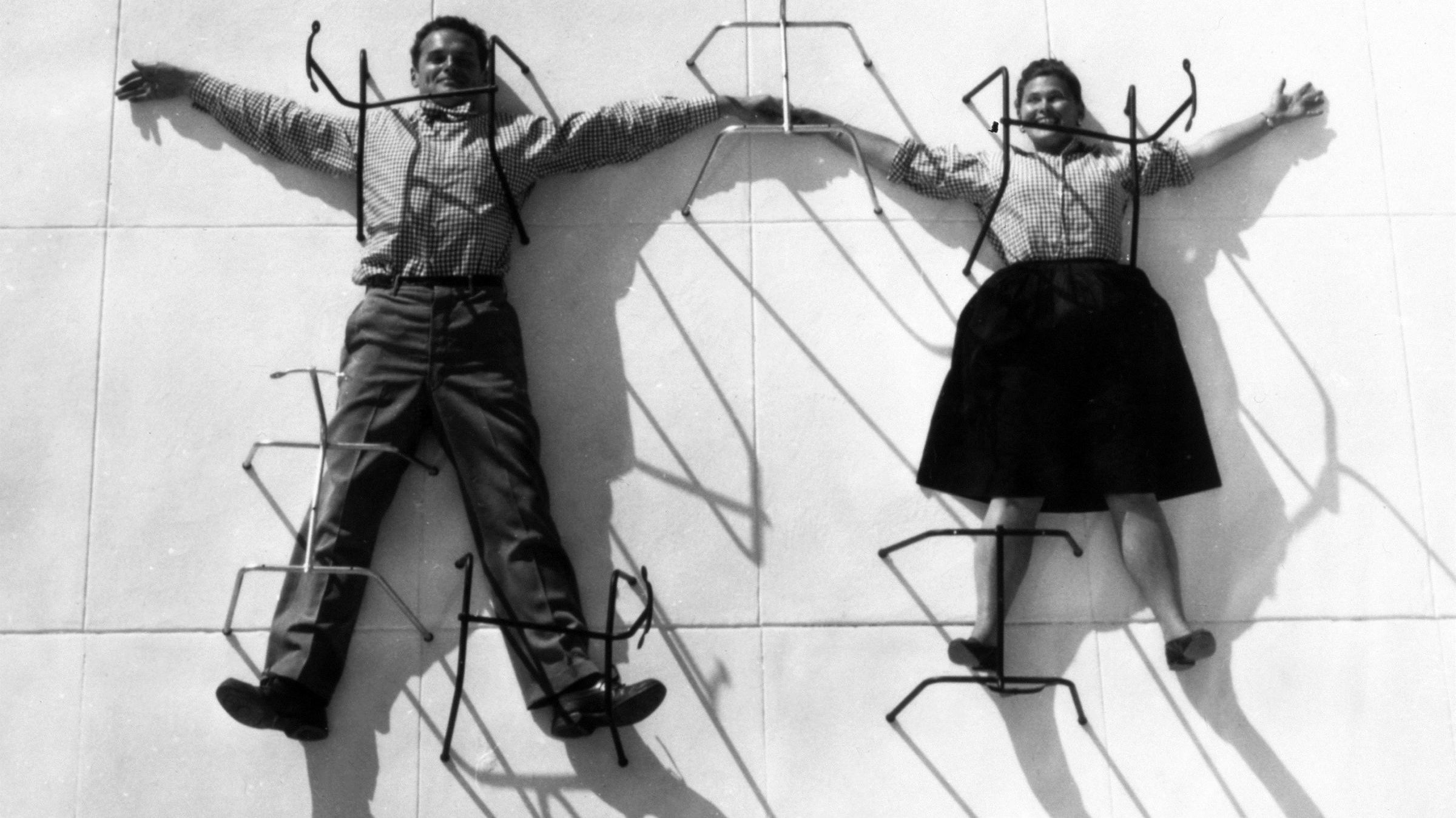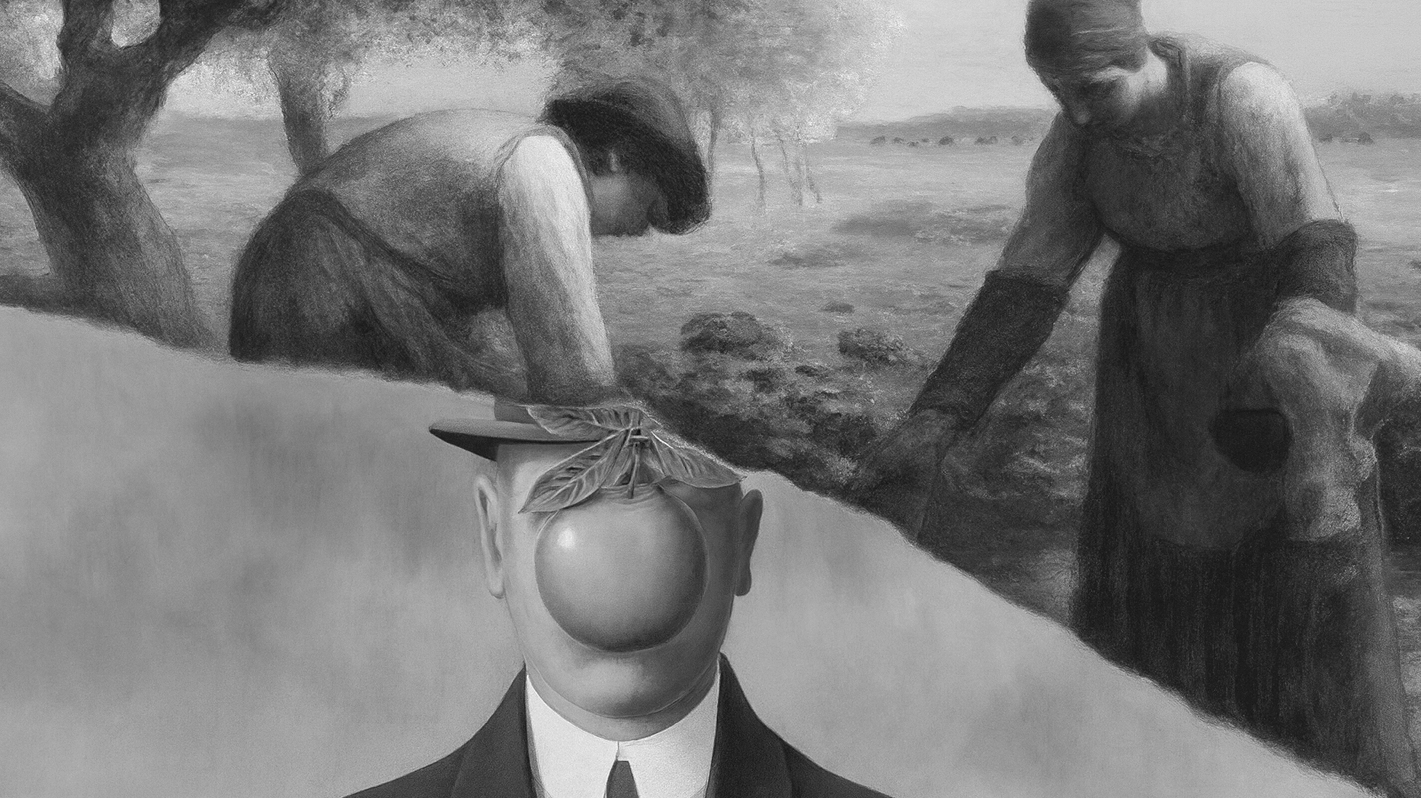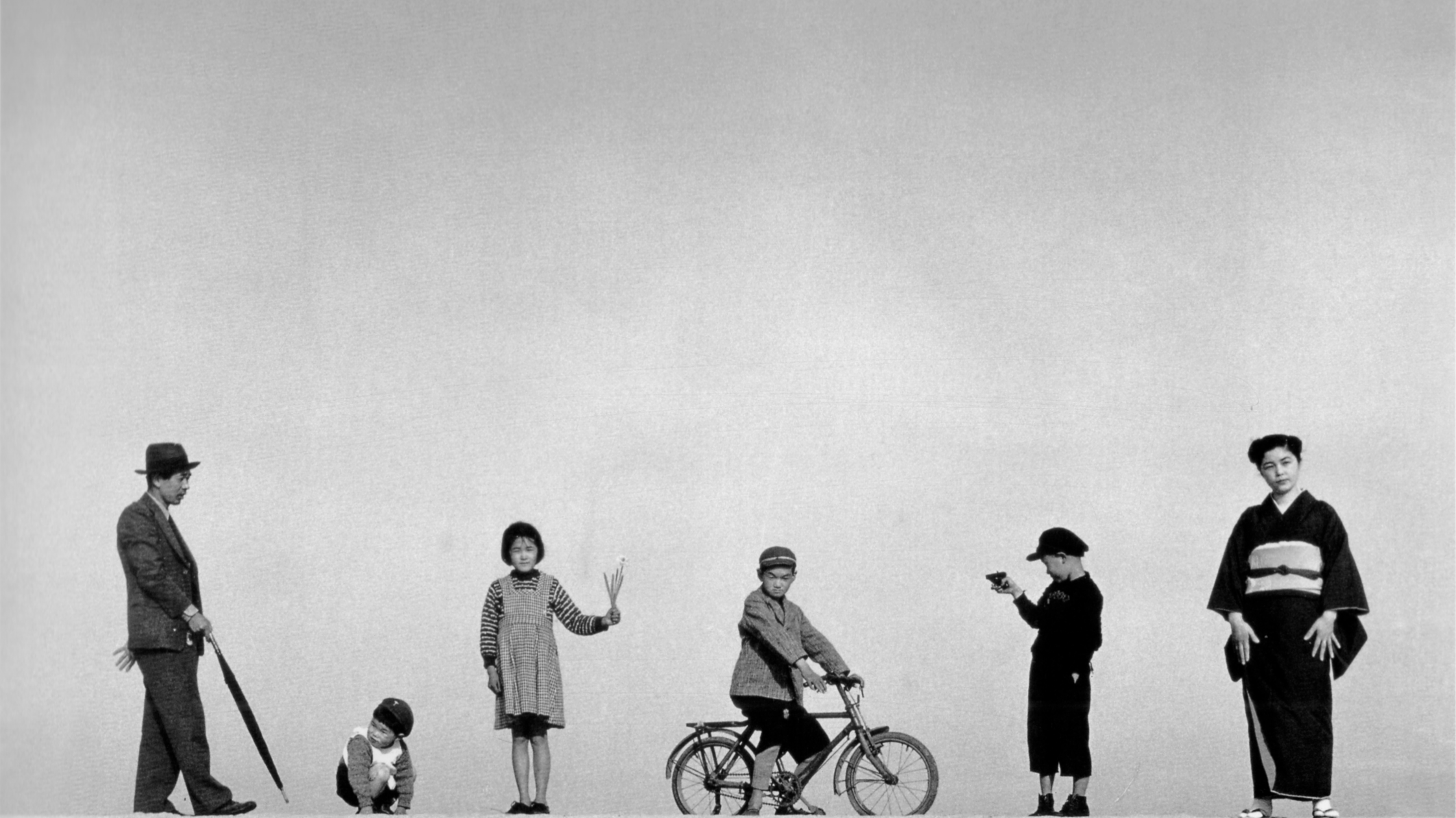(Kyoto City Guide | Otagi Nenbutsu-ji Temple - dans le gris)
(Kyoto City Guide | Otagi Nenbutsu-ji Temple - dans le gris)
Otagi Nenbutsu-ji Temple is located in the serene Arashiyama area of Kyoto. The original temple was founded in the 8th century but was an unfortunate victim of floods. In 1922, the temple's hall and gate were moved to their current location for preservation. Today, it is well-known for its collection of 1,200 Rakan statues representing the disciples of Buddha. These statues were carved by worshippers and visitors under the guidance of the temple's head priest, Kocho Nishimura (1915-2003). Nishimura, a Buddhist statue sculptor and restorer who later became a Buddhist monk, was appointed as the chief of Otagi Nenbutsu-ji Temple.
(Kyoto City Guide | Otagi Nenbutsu-ji Temple - dans le gris)

(Kyoto City Guide | Otagi Nenbutsu-ji Temple - dans le gris)
Kocho Nishimura encouraged people to bring out the unique, personal figures hidden in the stone. As a result, the Rakan statues display a wide range of expressions and activities. Some Rakan are posed in deep, serious prayer, while others are smiling, laughing, or holding objects that reflect the carvers' hobbies and passions. Although the statues all have different appearances, they collectively evoke a sense of calming. Otagi Nenbutsu-ji Temple has become known as a "healing temple," beloved for the rich expressions of the Rakan statues that soothe the hearts of visitors.
(Kyoto City Guide | Otagi Nenbutsu-ji Temple - dans le gris)

Each Rakan statue has its own poses and expressions, with some even wearing pearl necklaces.
(Kyoto City Guide | Otagi Nenbutsu-ji Temple - dans le gris)
The current principal statue at Otagi Nenbutsu-ji Temple is named Yaku-yoke Senju Kannon, the thousand-armed Kannon Bodhisattva that protects against bad luck. It was created in the middle of the Kamakura Period (1192-1333), around the same time the main hall of the temple was rebuilt. When Kocho Nishimura was entrusted with the temple, the statue of Senju Kannon had only four arms remaining—two hands clasped in prayer and two hands holding an iron bowl. Nishimura found this unacceptable and immediately carried out restorations, bringing the statue to its current form.
(Kyoto City Guide | Otagi Nenbutsu-ji Temple - dans le gris)

The current principal statue at Otagi Nenbutsu-ji Temple is named Yaku-yoke Senju Kannon.
(Kyoto City Guide | Otagi Nenbutsu-ji Temple - dans le gris)
When viewed from the front of the statue, the positions of the left and right eyes are noticeably uneven, and the entire body is constructed with a rightward slant, resulting in an asymmetrical and unbalanced appearance. This is thought to represent the duality of Senju Kannon's mercy, divided between the left and right sides: strictness on one side and tenderness on the other.
This might sound complex, but here is an example to enhance understanding. The relationship between a parent and child is sometimes explained as analogous to the relationship between Buddha and sentient beings. When a mother harshly scolds a child to educate them, the father gently soothes the child. Conversely, when the father scolds harshly, the mother gently soothes. This demonstrates that the same love can have two sides.
(Kyoto City Guide | Otagi Nenbutsu-ji Temple - dans le gris)

We truly enjoy the morning serenity with the Rakan statues at Otagi Nenbutsu-ji Temple.
(Kyoto City Guide | Otagi Nenbutsu-ji Temple - dans le gris)
In Otagi Nenbutsu-ji Temple, we can hear the sound of water flowing, feel the wooden floor beneath our feet, and immerse ourselves in the peaceful ambiance of the temple. Although Otagi Nenbutsu-ji Temple might not be mentioned when people discuss the most popular or must-visit temples in Kyoto, but we truly enjoy the morning serenity with the Rakan statues.
(Kyoto City Guide | Otagi Nenbutsu-ji Temple - dans le gris)
愛宕念仏寺 Otagi Nenbutsu-ji Temple
▸ Location:
Kyoto, Japan
▸ Address:
2-5 Sagatoriimoto Fukatanicho, Ukyo Ward, Kyoto, 616-8439, Japan
▸ Admission Fee:
Adults: ¥400
Free for children under 15 years old
▸ Opening Hours:
9:00 - 16:30 (Admission until 16:15)
Read another Kyoto City Guide:
• The Garden of Fine Arts by Tadao Ando
• The Green Beauty of Rurikoin Temple in Early Summer
• 5 Must-Visit Art Museums in Kyoto
• Kyoto City Guide | Daikaku-ji Temple
(Kyoto City Guide | Otagi Nenbutsu-ji Temple - dans le gris)
About Us
Dans Le Gris is a brand that began with everyday jewelry, with each handmade piece designed and crafted in Taiwan. We deeply value every detail, dedicating ourselves to creating timeless pieces through collaboration with experienced craftsmen.
In our journal, we provide irregular updates featuring articles about art, culture, and design. Our curated content encompasses diverse aspects of life, with the aspiration to offer meaningful insights and inspiration.

